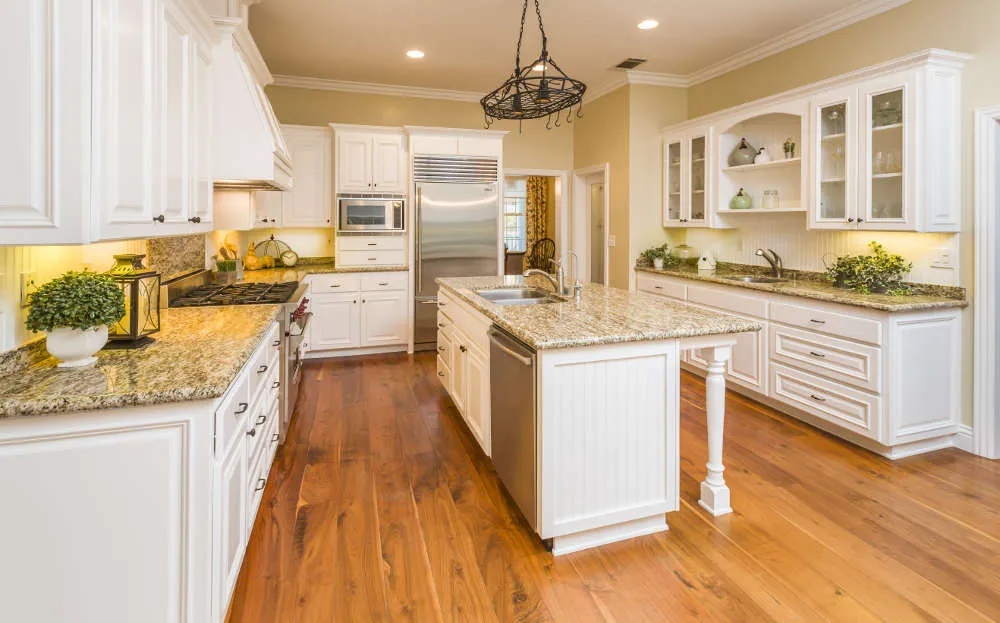Embracing Eco-Friendly Kitchen Decor
The kitchen, often considered the heart of the home, is a space where sustainability can truly flourish. Embracing eco-friendly kitchen decor is about more than just aesthetics; it’s about making conscious choices that minimize your environmental impact while creating a healthy and beautiful living space. This means opting for materials, appliances, and practices that reduce waste, conserve resources, and promote a healthier lifestyle. From the countertops to the cleaning products, every decision can contribute to a more sustainable and harmonious home environment. This transformation not only benefits the planet but also enhances your quality of life by creating a space that is both functional and mindful.
The Benefits of Sustainable Kitchen Design
Choosing a sustainable approach to kitchen design offers a multitude of benefits that extend far beyond the aesthetics. By prioritizing eco-friendly choices, you’re contributing to the conservation of natural resources, reducing pollution, and supporting a healthier planet. Sustainable kitchens often utilize non-toxic materials, which can improve indoor air quality and create a safer environment for you and your family. Moreover, eco-friendly appliances are designed to be energy-efficient, leading to lower utility bills and reduced carbon emissions. The emphasis on durable, high-quality materials also means that your kitchen will last longer, reducing the need for frequent replacements and minimizing waste. Overall, sustainable kitchen design provides a compelling blend of environmental responsibility, health benefits, and long-term cost savings.
Reducing Your Environmental Footprint
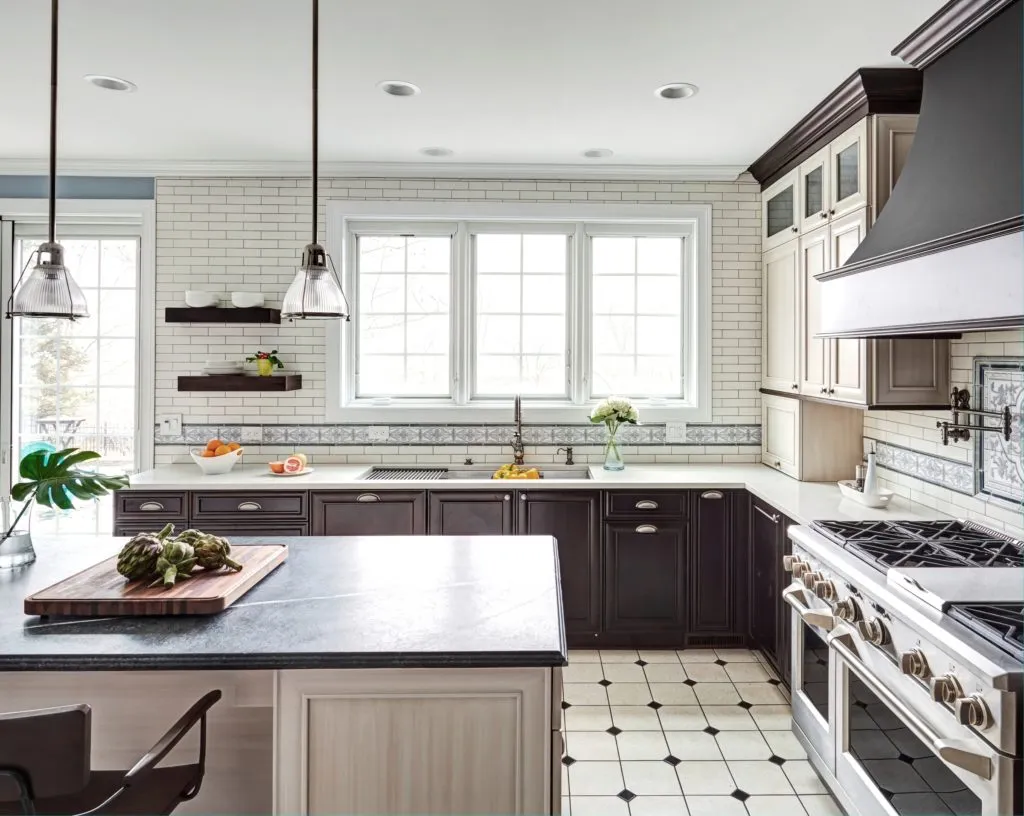
Creating an eco-friendly kitchen is a powerful way to significantly reduce your environmental footprint. Every decision, from the materials you choose to the way you manage waste, plays a crucial role. By selecting sustainable materials like reclaimed wood or bamboo, you’re reducing the demand for new resources and minimizing deforestation. Opting for energy-efficient appliances, such as refrigerators and dishwashers, can dramatically decrease your energy consumption and lower your carbon emissions. Additionally, adopting practices like composting food scraps and using eco-friendly cleaning products can minimize waste and prevent harmful chemicals from entering the environment. By making these thoughtful choices, you actively contribute to a healthier planet and inspire others to adopt sustainable practices in their own homes. This is a journey towards a more responsible and conscious lifestyle.
Eco-Friendly Kitchen Decor: Choosing Sustainable Materials
The foundation of an eco-friendly kitchen lies in the materials you choose. Opting for sustainable options ensures that your decor aligns with environmental responsibility. Consider the lifecycle of each material, from sourcing to disposal, and prioritize choices that minimize environmental impact. Look for materials that are renewable, recycled, or reclaimed. These options not only reduce the demand for new resources but also often have a lower carbon footprint. By making informed choices about materials, you can create a kitchen that is both stylish and environmentally conscious, contributing to a healthier planet. From countertops to cabinetry, selecting sustainable materials is a crucial step toward a truly eco-friendly kitchen.
Sustainable Wood and Bamboo Options
Wood and bamboo offer excellent sustainable choices for kitchen decor. When choosing wood, prioritize options that are sourced from sustainably managed forests, certified by organizations like the Forest Stewardship Council (FSC). These certifications ensure that the wood is harvested responsibly, with minimal impact on the environment and local communities. Bamboo is a rapidly renewable resource that grows quickly and requires minimal water and pesticides, making it an excellent alternative to traditional hardwoods. Bamboo can be used for countertops, flooring, cabinets, and even kitchen utensils. Both wood and bamboo add warmth and natural beauty to your kitchen, creating a welcoming and eco-conscious space. Always check for certifications to ensure responsible sourcing and promote sustainable forestry practices.
Recycled and Reclaimed Materials
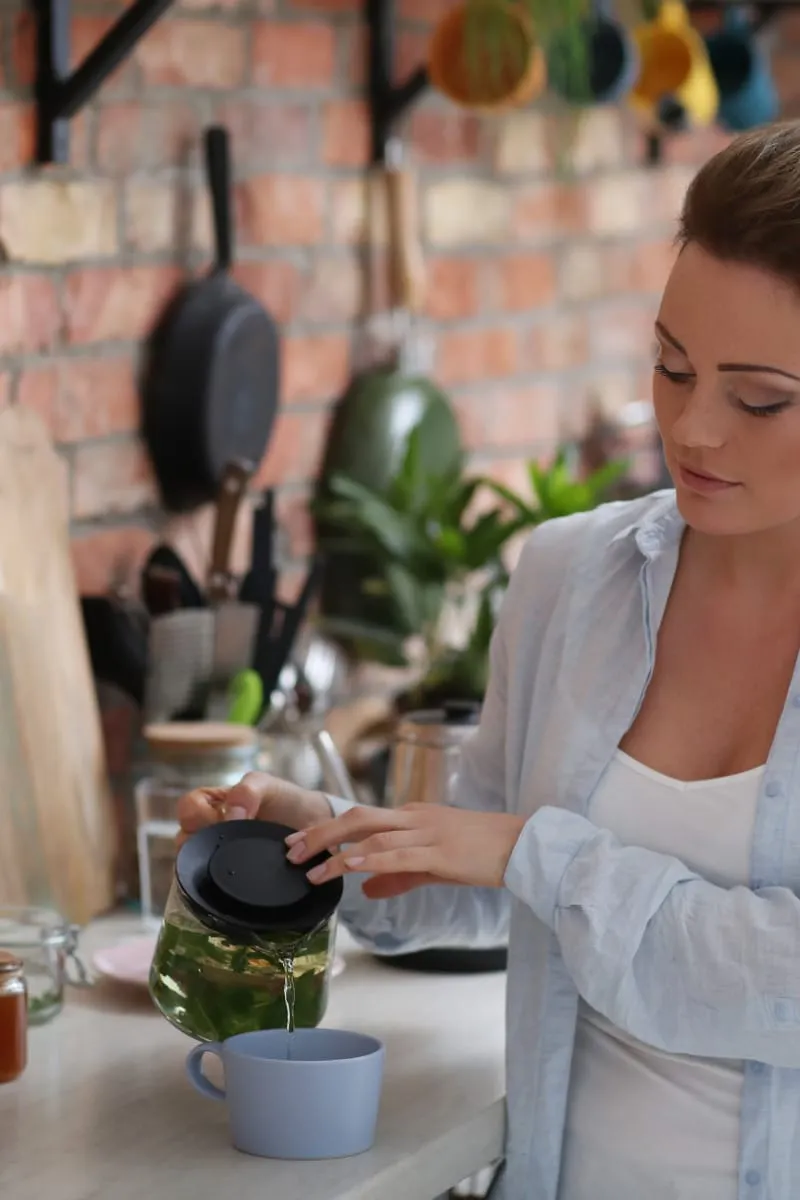
Embracing recycled and reclaimed materials is a fantastic way to give new life to existing resources while reducing waste. Consider using reclaimed wood for countertops, shelving, or even accent walls. This not only adds character and a unique aesthetic to your kitchen but also prevents perfectly good materials from ending up in landfills. Recycled glass countertops, made from crushed glass, are another stylish and sustainable option. These materials can be made to look stylish, adding a distinctive touch to your kitchen. Furthermore, recycled metal can be used for cabinet hardware, lighting fixtures, and other decorative elements. By incorporating recycled and reclaimed materials, you’re contributing to a circular economy, reducing the demand for new resources, and adding a touch of history and personality to your kitchen.
Eco-Friendly Kitchen Decor: Sustainable Appliances and Technologies
Upgrading to sustainable appliances and incorporating energy-efficient technologies is a key step in creating an eco-friendly kitchen. Look for appliances with high energy-efficiency ratings, such as those certified by Energy Star. These appliances use significantly less energy than conventional models, helping you save money on your utility bills and reduce your carbon footprint. Consider the lifecycle of each appliance, opting for durable models that are built to last and can be easily repaired. By making smart choices about your appliances and incorporating energy-saving technologies, you can create a kitchen that is not only functional and stylish but also environmentally responsible.
Energy-Efficient Refrigerators and Dishwashers
Refrigerators and dishwashers are among the highest energy-consuming appliances in the kitchen. When purchasing these appliances, prioritize energy efficiency by looking for the Energy Star label. These models are designed to use less electricity, which translates to lower energy bills and a reduced environmental impact. Consider the size and features of the appliance, choosing models that meet your needs without unnecessary energy consumption. Look for refrigerators with features like automatic ice makers and water dispensers that are designed to be energy-efficient. Dishwashers with eco-friendly cycles, designed to use less water and energy, are also a great choice. By choosing energy-efficient refrigerators and dishwashers, you can make a significant contribution to conserving resources and reducing your carbon footprint.
Water-Saving Fixtures
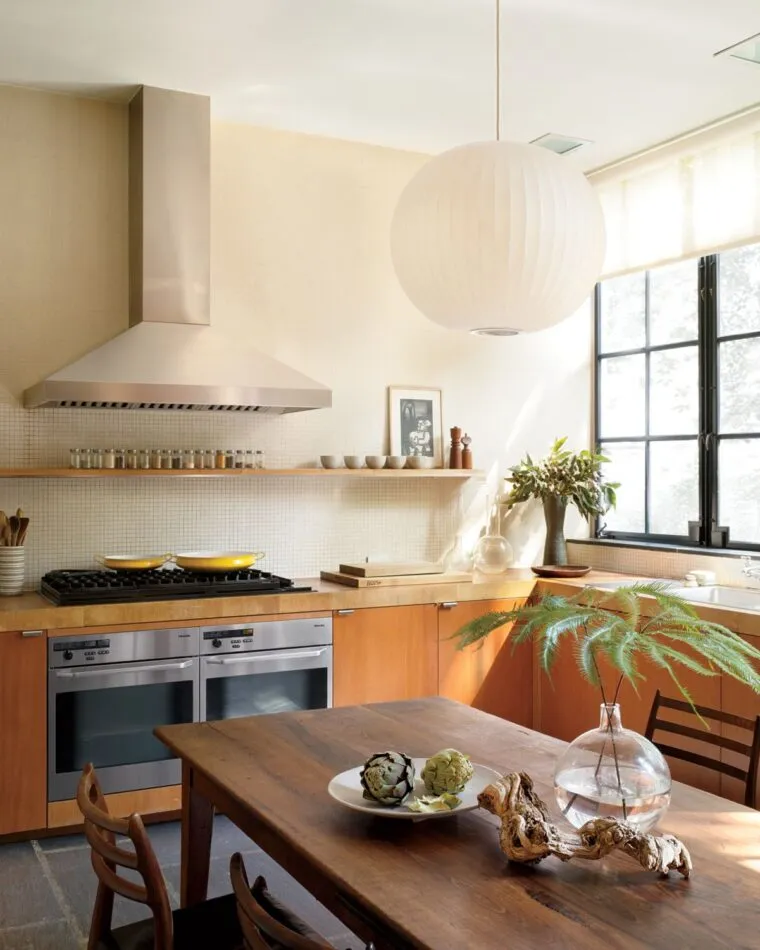
Water conservation is another crucial aspect of creating an eco-friendly kitchen. Install water-saving fixtures, such as low-flow faucets and showerheads, to reduce water consumption without sacrificing performance. Low-flow faucets use aerators to mix air with water, reducing the amount of water used without affecting water pressure. Consider installing a water-efficient dishwasher and washing machine to further reduce water usage. These simple changes can make a significant difference in your water bills and contribute to the conservation of this valuable resource. By incorporating water-saving fixtures, you can create a kitchen that is both functional and environmentally responsible, promoting a more sustainable lifestyle.
Eco-Friendly Kitchen Decor: Incorporating Green Elements
Bringing green elements into your kitchen not only enhances its aesthetic appeal but also promotes a healthier and more sustainable environment. Incorporating plants and natural light can transform your kitchen into a vibrant and inviting space. By embracing green elements, you’re creating a connection with nature, improving indoor air quality, and adding a touch of serenity to your daily life. From indoor herb gardens to natural light, these elements can significantly enhance the overall well-being of your kitchen and contribute to a more sustainable lifestyle. These small, mindful choices enhance both the aesthetic and the environmental performance of your space.
Indoor Herb Gardens and Vertical Gardens
Indoor herb gardens and vertical gardens add a touch of nature and freshness to your kitchen while providing you with fresh herbs for cooking. These gardens can be placed on windowsills, countertops, or even mounted on walls. Herbs like basil, mint, and rosemary thrive indoors with proper sunlight and care. A vertical garden, often featuring multiple levels, can be a stunning focal point, adding a vibrant splash of green to your kitchen decor. These green spaces not only provide fresh ingredients but also improve air quality and create a calming atmosphere. They enhance the visual appeal and functional aspects of the kitchen, offering a practical and aesthetically pleasing way to embrace nature in your cooking space.
Natural Light and Ventilation

Maximizing natural light and ventilation is a simple yet effective way to make your kitchen more eco-friendly and enjoyable. Natural light reduces the need for artificial lighting, which saves energy and creates a more inviting atmosphere. Consider expanding windows or adding skylights to let in more sunlight. Proper ventilation is also crucial for maintaining good indoor air quality. Ensure your kitchen has adequate ventilation to remove cooking odors and moisture, which can help prevent mold and mildew growth. This can be achieved through open windows, exhaust fans, and well-placed air vents. By prioritizing natural light and ventilation, you can create a brighter, healthier, and more sustainable kitchen environment.
Eco-Friendly Kitchen Decor: Sustainable Practices
Beyond materials and appliances, adopting sustainable practices in your daily kitchen routine is essential for creating an eco-friendly space. This includes reducing waste, composting food scraps, and using eco-friendly cleaning products. These practices minimize your environmental impact and promote a healthier lifestyle. By incorporating these habits into your routine, you can make a meaningful contribution to environmental conservation and create a more sustainable home environment. These habits complement the materials and appliances, enhancing the overall sustainability of your kitchen.
Reducing Waste and Composting
Reducing waste and composting food scraps are fundamental practices in an eco-friendly kitchen. Minimize waste by using reusable containers, opting for bulk food purchases, and avoiding single-use plastics. Composting food scraps and other organic waste significantly reduces the amount of waste sent to landfills and provides valuable nutrients for your garden. Setting up a composting system in your kitchen, either indoors or outdoors, is a relatively easy and rewarding process. Composting not only reduces waste but also creates nutrient-rich soil, which can be used to grow your own herbs and vegetables. By making these efforts, you are actively contributing to a circular economy, minimizing environmental impact and promoting a healthier planet.
Choosing Eco-Friendly Cleaning Products
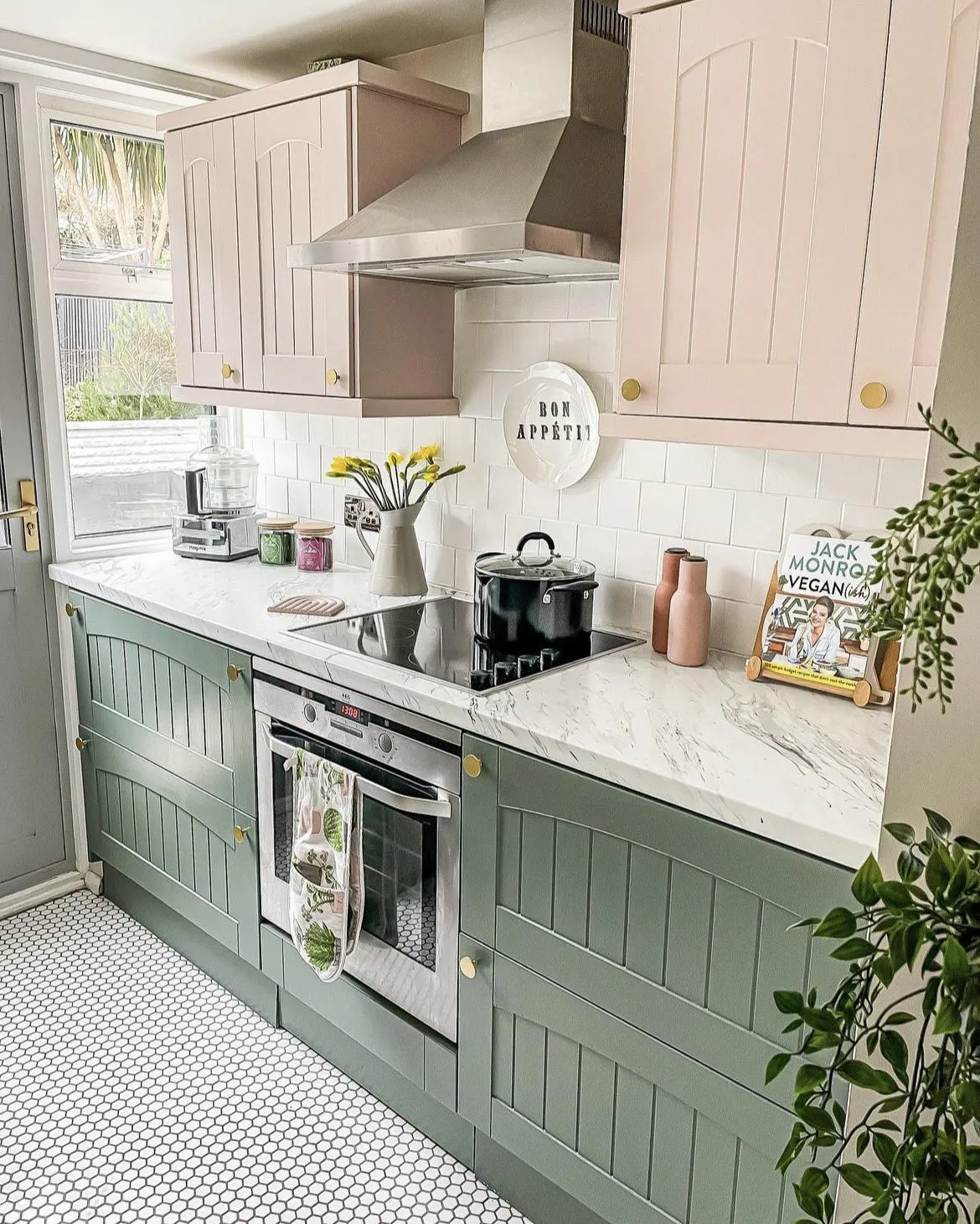
The cleaning products you use in your kitchen can significantly impact the environment and your health. Choose eco-friendly cleaning products that are made from plant-based, biodegradable ingredients and are free from harsh chemicals, such as bleach, ammonia, and phosphates. These products are not only safer for you and your family but also minimize water pollution and reduce the release of harmful chemicals into the environment. Look for products with certifications like the EPA’s Safer Choice label. You can also make your own cleaning solutions using simple ingredients like vinegar, baking soda, and essential oils. By choosing eco-friendly cleaning products, you’re creating a healthier home environment and contributing to a cleaner planet.
Eco-Friendly Kitchen Decor: Final Thoughts
Creating an eco-friendly kitchen is an ongoing journey, not a destination. It involves making conscious choices about the materials, appliances, and practices that you incorporate into your space. By embracing sustainability, you not only reduce your environmental footprint but also create a healthier, more beautiful, and more functional kitchen. Every small step, from choosing sustainable materials to adopting eco-friendly practices, makes a difference. It is a commitment to conscious living, contributing to a more sustainable future, and improving the overall quality of your life. As you embark on this journey, remember that your choices have a ripple effect, inspiring others to make eco-friendly decisions in their own homes and communities.
